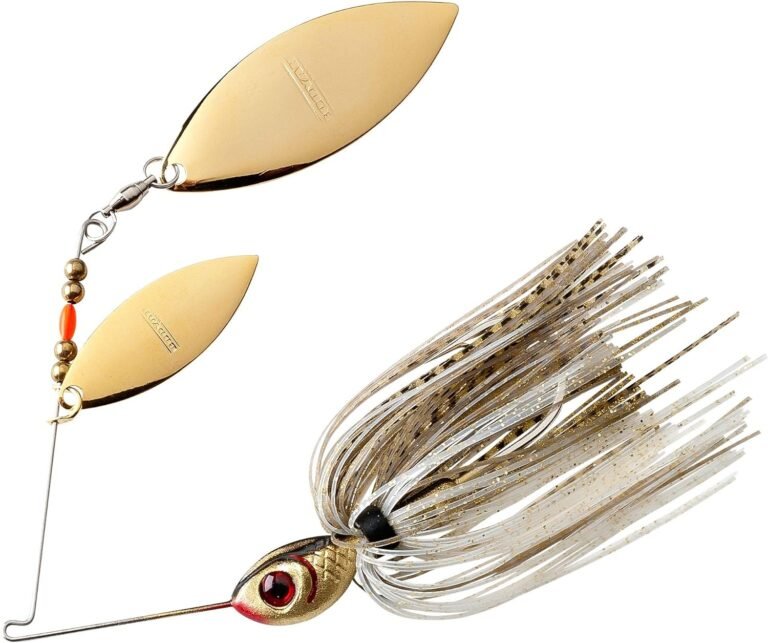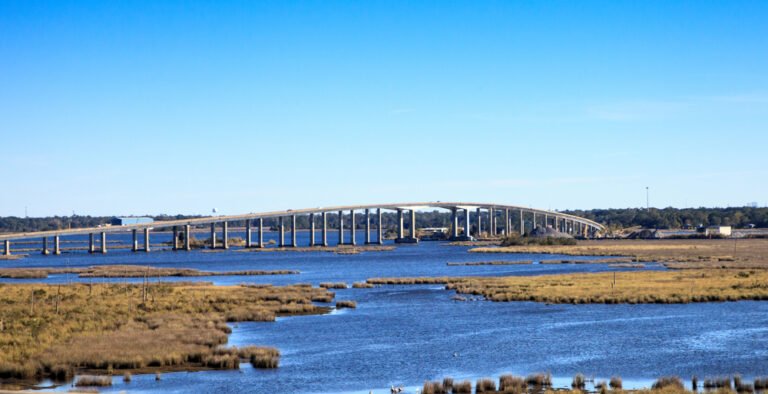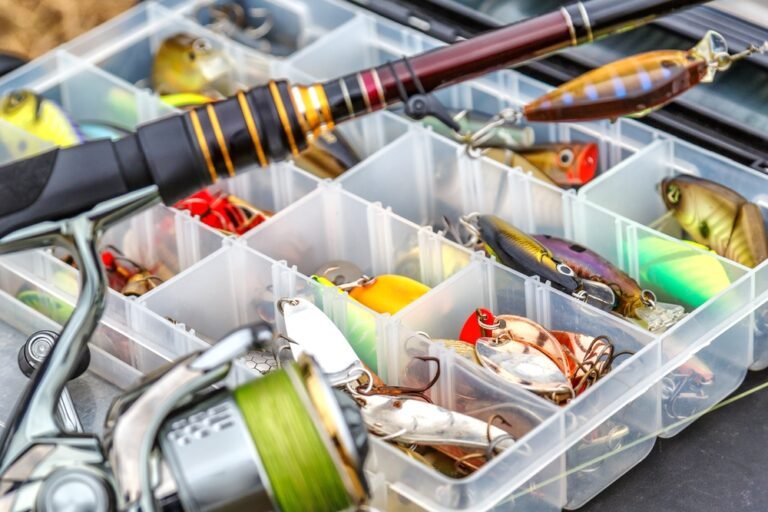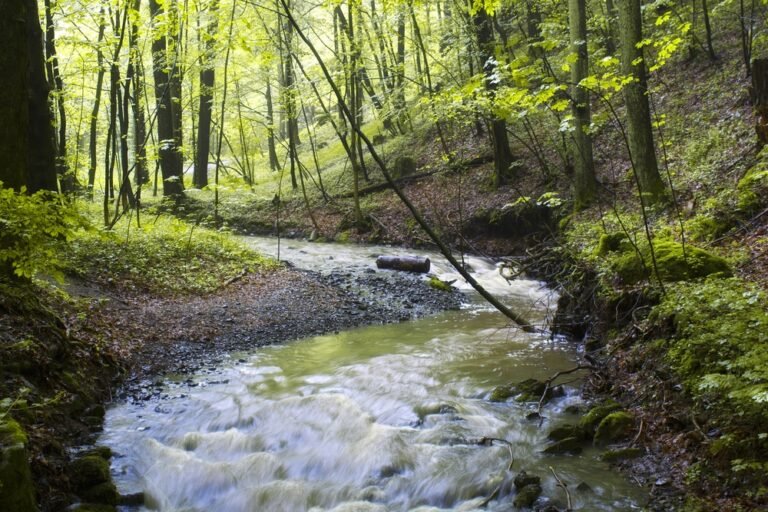Texas stands as a premier destination for bass fishing, offering anglers some of the country’s most productive waters and trophy-catching opportunities. From legendary Lake Fork to the sprawling Sam Rayburn Reservoir, the Lone Star State’s diverse waterways provide year-round fishing adventures for both beginners and seasoned anglers alike. Let’s jump into Texas bass fishing.
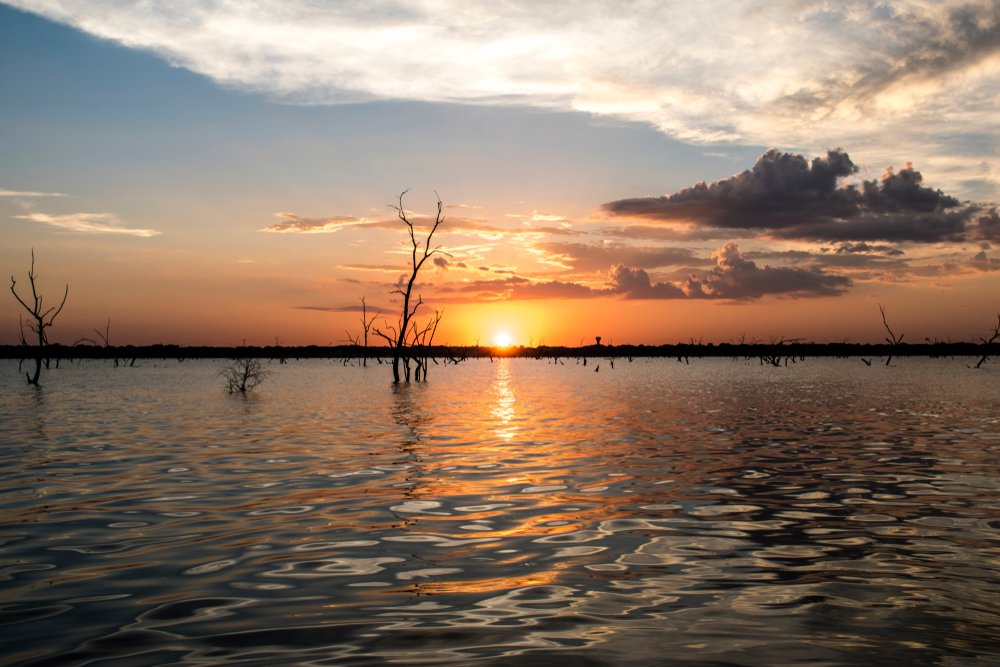
Understanding Texas Bass Species
Texas waters host three primary bass species that anglers target throughout the year:
- Largemouth Bass: The most abundant and sought-after species, known for reaching trophy sizes in Texas lakes
- Smallmouth Bass: Found in cooler, rocky streams and rivers, prized for their aggressive fighting style
- Spotted Bass: Similar to largemouth but smaller, preferring clear water and rocky structures
Top Texas Bass Fishing Lakes
Lake Fork Reservoir
Known as Texas’s crown jewel for trophy bass fishing, Lake Fork has produced more ShareLunker bass (13+ pounds) than any other Texas lake. The reservoir’s submerged timber and extensive vegetation create perfect habitat for monster bass, including the current state record of 18.18 pounds.
Sam Rayburn Reservoir
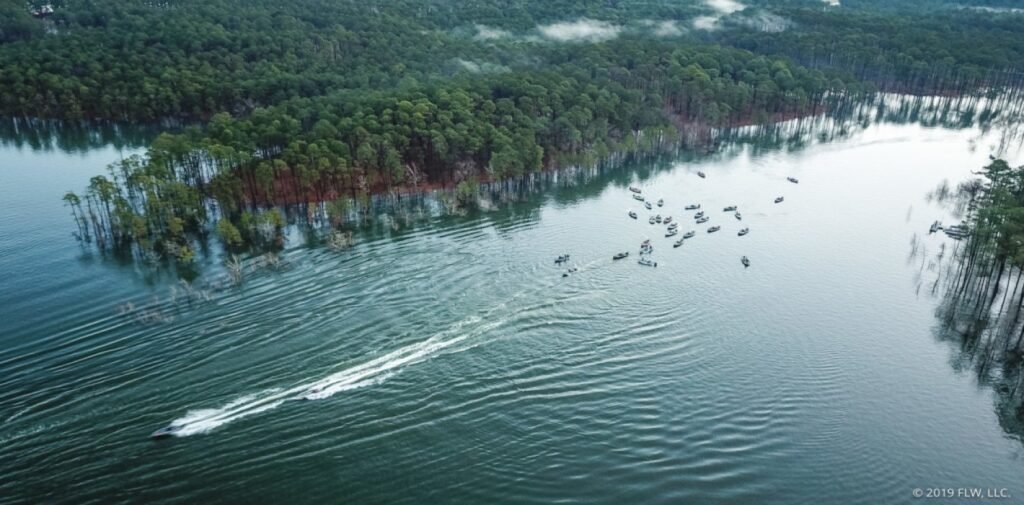
Spanning 114,500 acres in East Texas, “Big Sam” offers diverse fishing opportunities year-round. Its numerous coves, creek channels, and standing timber provide excellent structure for bass throughout all seasons.
Toledo Bend Reservoir
Straddling the Texas-Louisiana border, this massive 185,000-acre reservoir consistently ranks among the nation’s top bass fishing destinations. The lake’s varied structure and cover types support a healthy population of trophy-class bass.
Seasonal Bass Fishing Patterns in Texas
Spring (March-May)
- Pre-spawn period begins as water temperatures reach 55-60°F
- Bass move to shallow staging areas near spawning flats
- Best time to catch trophy bass
- Focus on creek channels and shallow points
Summer (June-August)
- Early morning and late evening provide peak activity
- Target deeper structures during midday heat
- Look for schooling bass near main lake points
- Deep cranking and Texas-rigged worms produce well
Fall (September-November)
- Bass follow baitfish into creek arms
- Topwater action improves as temperatures cool
- Focus on shallow to mid-depth structure
- Spinnerbaits and crankbaits become highly effective
Winter (December-February)
- Slower presentations required
- Target deep structure near creek channels
- Jigs and deep-diving crankbaits produce best
- Focus on sunny afternoons for increased activity
Essential Bass Fishing Techniques
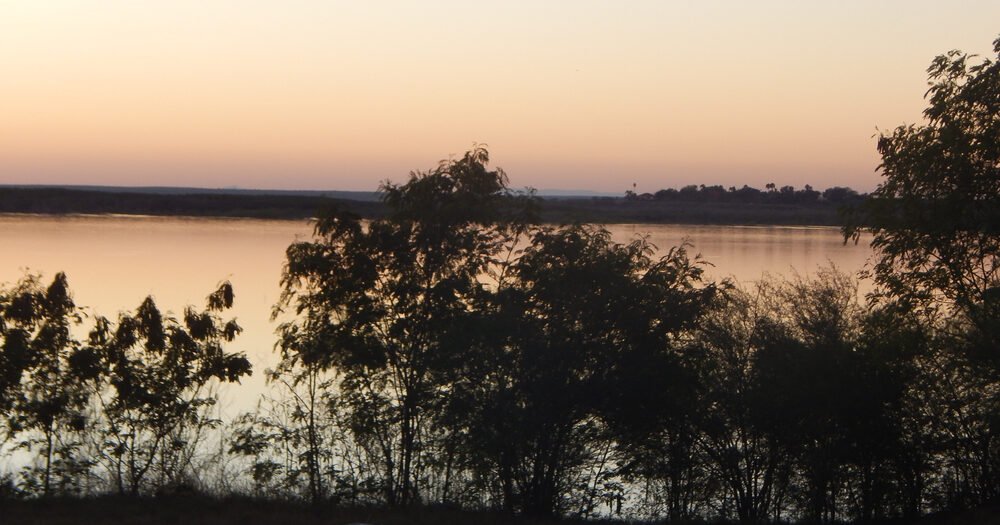
Texas Rig Basics
The Texas rig remains one of the most versatile and effective techniques for catching bass in heavy cover. This weedless presentation allows anglers to effectively fish thick vegetation and wooden structure where big bass often hide.
Equipment Recommendations
- Rod: 7-foot medium-heavy casting rod
- Reel: 7:1 gear ratio baitcasting reel
- Line: 15-20 pound fluorocarbon for most applications
- Basic Lures: Plastic worms, creature baits, crankbaits, and topwater lures
Tips for Success
- Match the Hatch: Use lures that mimic local baitfish in size and color
- Time Your Trips: Early morning and late evening typically provide best action
- Study Lake Maps: Understanding structure and depth changes improves success
- Monitor Weather: Fishing often improves before weather fronts arrive
- Practice Catch and Release: Help maintain Texas’s outstanding bass fishery
Legal Requirements and Conservation
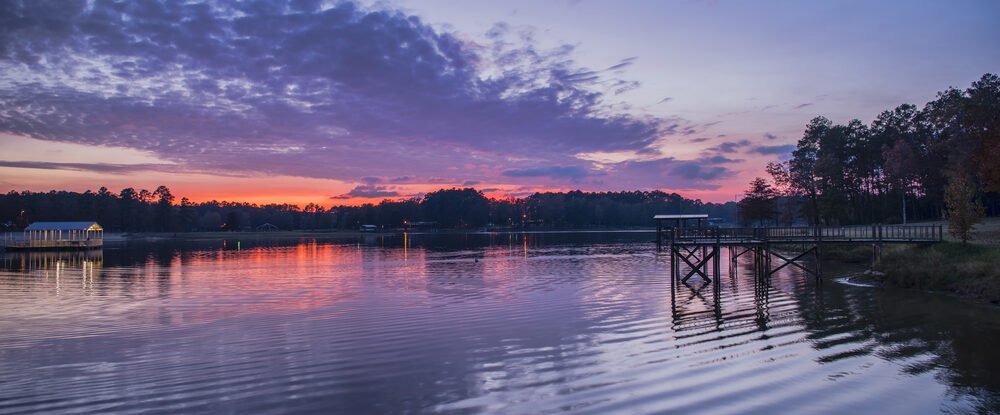
Fishing License Requirements
- Annual resident fishing license: Required for ages 17 and older
- Available online through Texas Parks & Wildlife
- Special endorsements may be required for certain waters
Conservation Efforts
Texas’s ShareLunker program encourages anglers to donate or report bass 13 pounds or larger, contributing to breeding programs that enhance the state’s bass populations.
Frequently Asked Questions
Q: When is the best time to catch trophy bass in Texas? A: Late winter through early spring (February-April) typically offers the best opportunities for trophy bass as females are the heaviest pre-spawn.
Q: Do I need a fishing guide for Texas bass fishing? A: While not required, guides can significantly accelerate your learning curve, especially on large reservoirs or when targeting trophy fish.
Q: What’s the best lake for beginners in Texas? A: Lake Conroe near Houston offers good numbers of bass and plenty of accessible fishing spots, making it ideal for beginners.
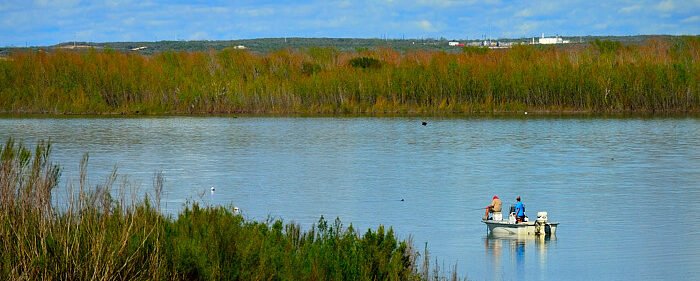
Planning Your Texas Bass Fishing Trip
Whether you’re a local angler or planning a fishing vacation, Texas offers year-round opportunities to catch the bass of a lifetime. Focus on seasonal patterns, choose the right equipment, and don’t hesitate to hire a guide when fishing unfamiliar waters.
Remember to check local regulations and weather conditions before your trip, and always practice conservation to help maintain Texas’s world-class bass fishery for future generations.

